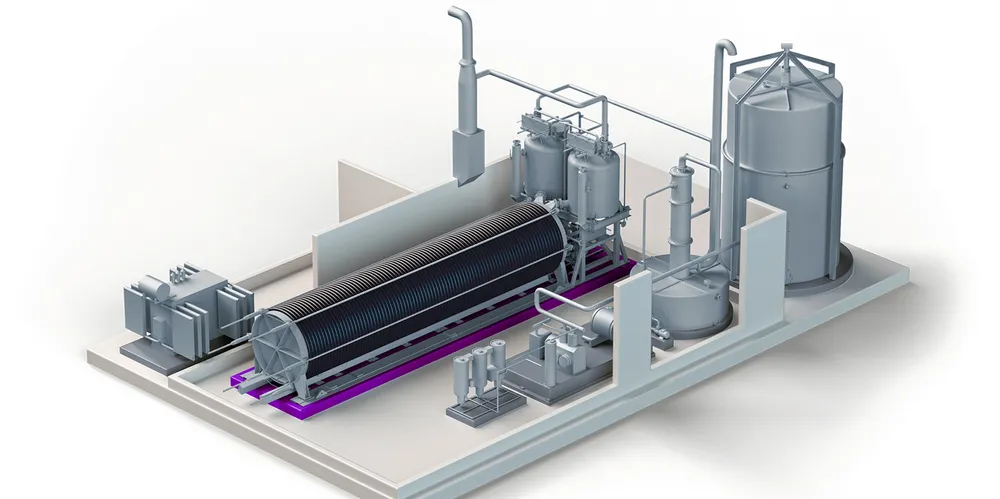8,000% growth | 'More than 100GW of hydrogen electrolysers to be produced annually by 2031'
Sector will experience compound annual growth of 62.6%, with Europe leading the way, says Guidehouse Insights report

Sector will experience compound annual growth of 62.6%, with Europe leading the way, says Guidehouse Insights report
